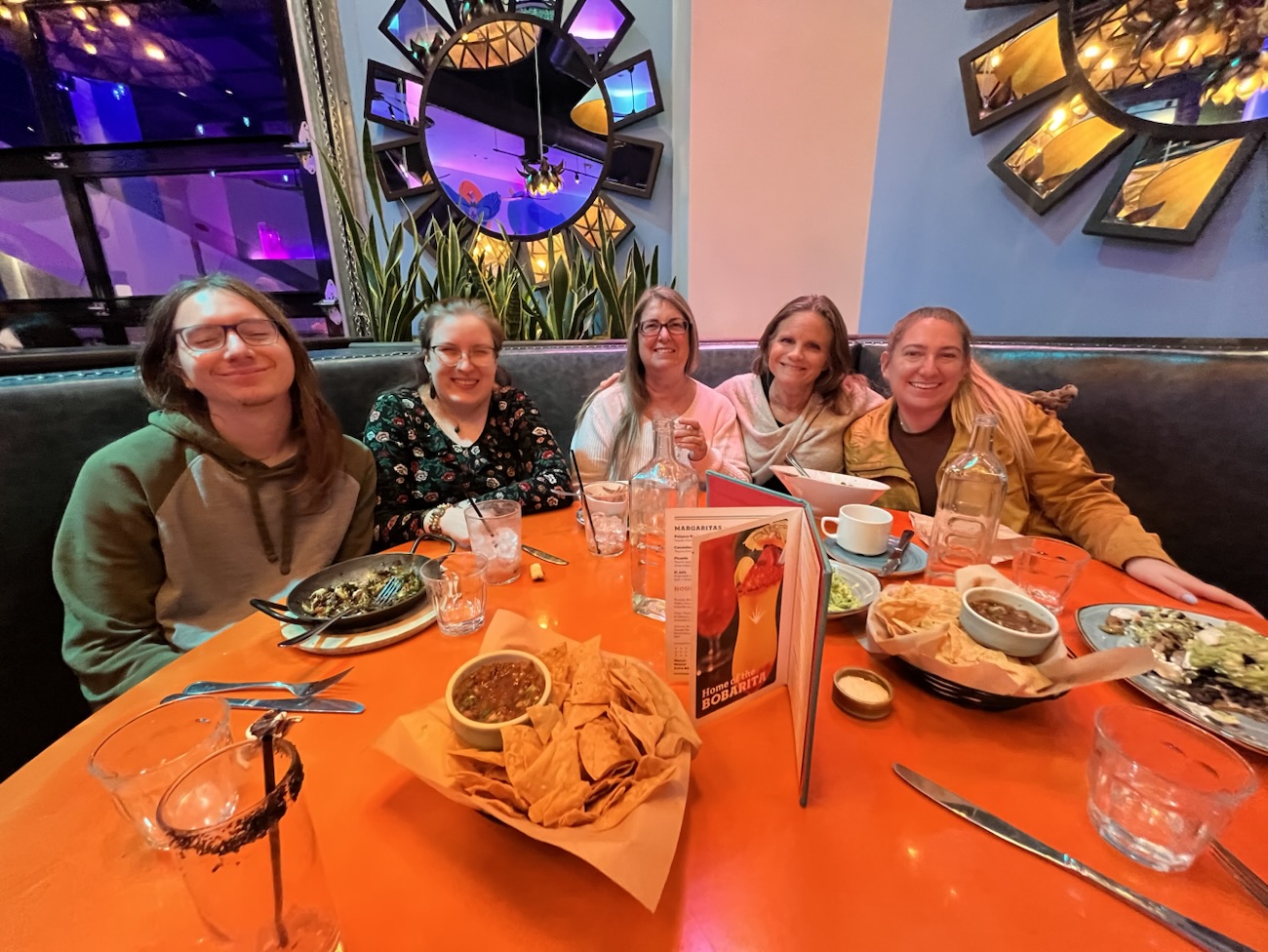#WickedMovie
What sets #obsidian note taking app apart from all the others I’ve used, is that I find myself enjoying pulling up old notes and updating and reorganizing them. Here I am on a relaxing Sunday afternoon happily editing notes.

I drink too much coffee.
Coffee in West Simi Valley

Heading to Santa Clarita. #SMF
Truxel Bridge Open House
Lobster in the car
Cousins Maine Lobster

Second-favorite pho place. Favorite is https://yelp.to/_JFomhZaI3
Bonnie’s Bday!



